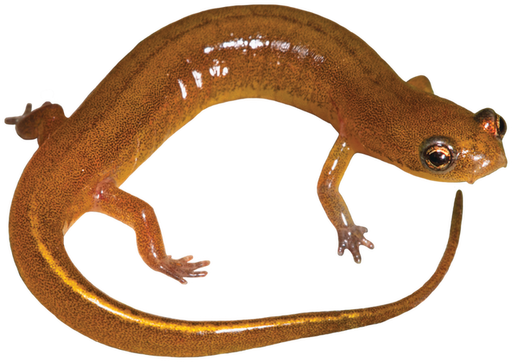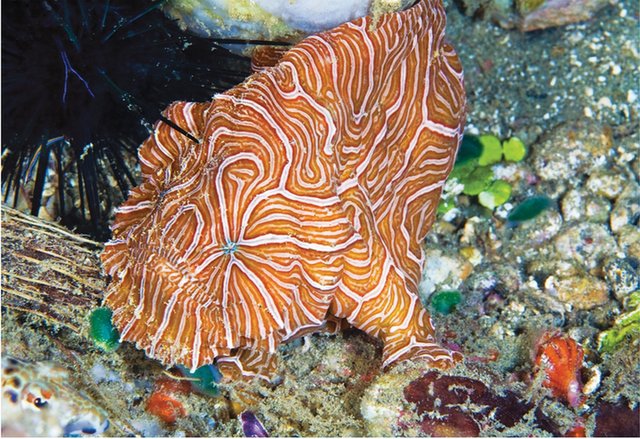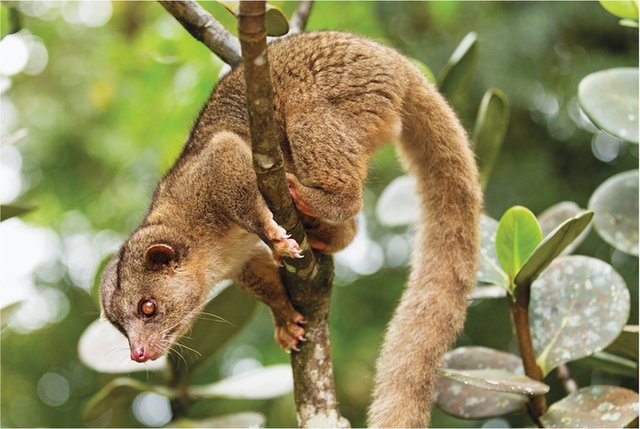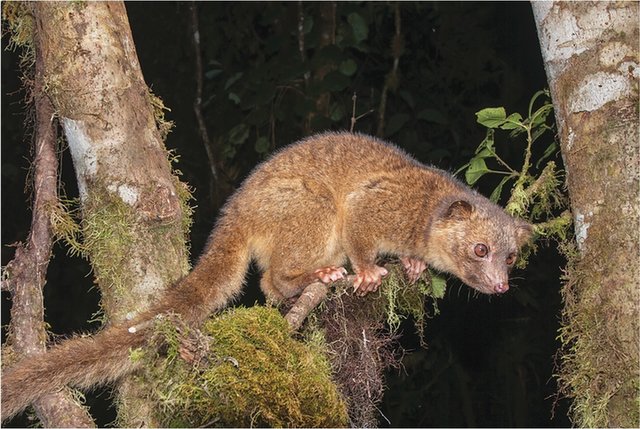

hairyblue tarantula
NewandBlue
Everyyear,approximately18,000newspeciesarediscovered.Thatmeansscientistsworldwidearecominguponupto50newspeciesevery day.
ScientistAndrewSnydercouldn’tseeathingashestumbledalongtheforestfloor.DarknessbathedthebranchesoftheGuyanarainforest.Snyderturnedonhisflashlightandsawabrilliantflashofblue.Hefixedthebeamonarottingstump.Itwascrawlingwithadozenhuge,bluespiders.Hewaslookingatanewspecies:thehairyblue tarantula!
Microbesandinsectsarenottheonlythingsoutthere,though.Colorfulnewspeciesareturningup everywhere.


patch‑nosed salamander
HidinginPlain Sight
Somenewspeciesarerightunderournoses.AscientistinLondon,forexample,discoveredthreeunknownspeciesoffungusinapackageofgrocerystore mushrooms.
Thepatch‑nosedsalamanderwasdiscoverednearacreekinGeorgia.AndtheAtlanticcoastleopardfrogwasfirstidentifiedonStatenIsland,New York.
WhyNow?
Morespeciesarebeingdiscoverednowbecausescientistsarelookingattheworldindifferentways.They’relookinginplacesthathavebeentoohardtogetto.Humansaremakingmoreroadsandcuttingdownforests.Astheyexpandintothewild,theyarecomingacrossspeciesthathaveneverbeenseen before.
Theyarealsousingnew,moderntoolslikedeep‑seacameras.NewspeciesliketheIndonesianpsychedelicfrogfish,theyeticrab,andthesix‑gilledsharkhaveemergedfromthe depths.

Indonesianpsychedelic frogfish
Mismatch
SometimesanewspeciescanbefoundbylookingatDNA.ScientistsattheNationalZooinWashington,D.C.,werefrustratedbyapairofolinguitos.Theywerenotproducing offspring.
AfterlookingattheirDNA,itturnsoutthatthetwoanimalswerenotthesamespecies!Onewasanolinguito.Theotherturnedouttobean olingo.

olingo

olinguito